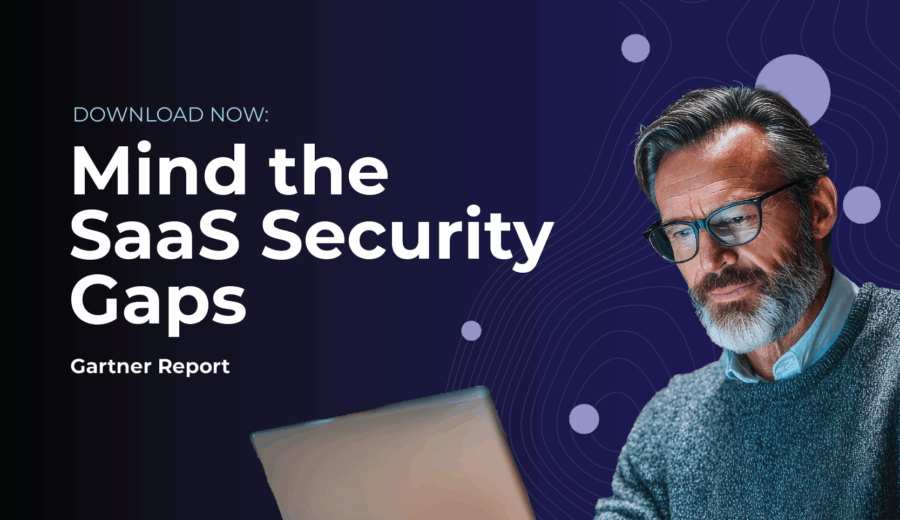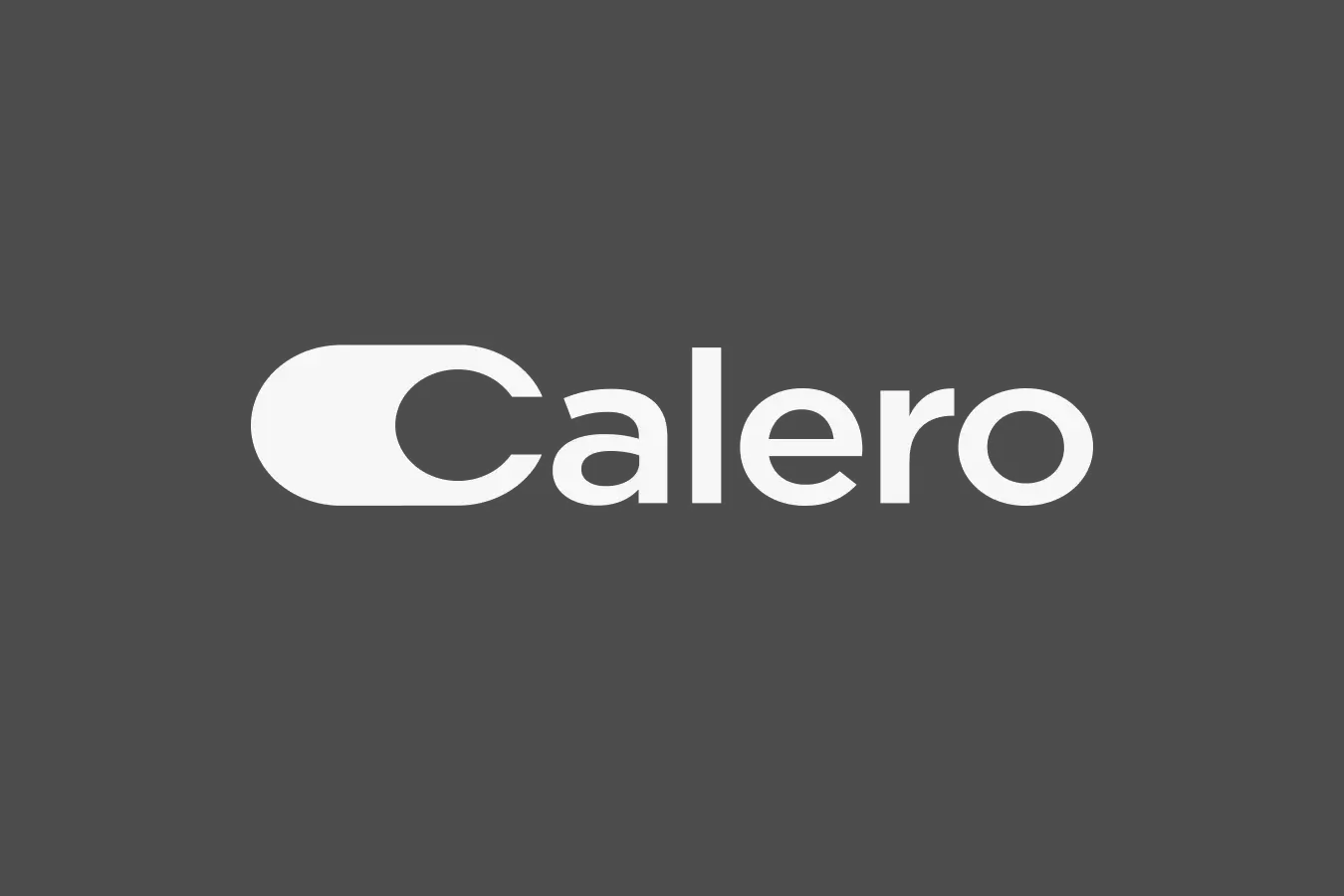As SaaS apps become more widespread, it’s vital for organizations to precisely monitor all tech expenses, including SaaS spend. Organizations employ different methods to manage their technology expenses. However, an all-in-one solution stands out as the best choice for optimizing costs. Opting for this method is crucial to streamline efficiency, overall costs, and decision-making.
Some advantages of using a comprehensive solution to manage SaaS spend include:
Comprehensive Visibility & Control: Facilitates well-informed business decisions by providing a single source of truth for your entire technology portfolio.
Cost-Effectiveness: Minimizing financial outlays by consolidating resources.
Enhanced Productivity: Fewer personnel managing unified data boosts efficiency.
Simplified Security Management: Mitigating the risk of shadow IT by centralizing data and access in one secured solution.
When organizations implement a single technology expense management solution, they can unlock a wide range of benefits. Here’s a glimpse of the advantages organizations can expect to reap from their SaaS management efforts:
1. The Catalyst of Digital Transformation
Integrating UCaaS and SaaS technologies with traditional communication infrastructures is essential for organizations looking to adapt in a fast-changing digital landscape. By monitoring SaaS applications through a single platform, organizations can ensure a seamless transition and create opportunities for significant cost savings and streamlined infrastructure.
2. Inventory and License Management
Given the prevalence of devices and SaaS subscriptions in all operational areas, a consolidated perspective can reveal the inventory-to-license ratio and pinpoint redundancies in licenses, functionalities, and more. A singular platform aids in meticulous management and unlocks the ability for license right-sizing and massive cost savings.
3. Tracking the Necessary Infrastructure
UCaaS and SaaS applications rely on essential hardware, including fixed-line functionality, to enable platforms like Teams and Zoom. An example of this is internet connection. By managing both internet infrastructure and applications in a single platform, organizations can understand the cost dynamics and usage metrics that allow them to ensure financial and functional efficiency.
4. Seamless Adaptability in a Developing SaaS Landscape
A unified SaaS management platform allows organizations to navigate shifts in management responsibilities across various departments ensuring continuity and consistency in operational workflows.
5. Normalizing Data and Accessibility Across Departments
Streamline collaboration and consolidation with various departments by allowing them to access a holistic view of all data. Savings can also be achieved by using a single platform to manage your data rather than multiple platforms.
Opposition to an All-In-One Technology Expense Management Solution
Some businesses may argue in favor of a multi-platform solution. While working across diverse platforms is common, the level of consolidation offered by a single-platform solution is much more significant. Enhanced visibility, tangible cost savings, and a unified operational vista warrant the transition to a singular platform, ensuring congruent and efficient management.
Some businesses argue that a multi-platform approach can produce the same efficiencies as a single-platform approach. However, juggling between spreadsheets and multiple platforms can lead to overlooked discrepancies and missed saving opportunities.
Leveraging a single-platform expense management solution ensures centralized data accessibility, providing a unified, real-time overview of technology expenditures. Eliminating manual cross-referencing and data entry errors common in multi-platform approaches significantly enhances efficiency. With advanced analytics and the ability to drill down data to the user level, cost-saving opportunities can easily be identified. This ensures optimal financial management and more substantial savings.
Another argument made in favor of a multi-platform approach may be that departments will only see the data they need. However, with capabilities such as role-based access controls, department specific dashboards, and department-centric access, a single platform retains and refines operational specificity. All-encompassing permissions can also be given to top-level executives for holistic data overview.
Embracing a single platform solution is not just a step towards operational streamlining SaaS management, but a leap towards organizational efficiency. SaaS application adoption is continuing to rise making it more important than ever for organizations to implement a technology expense management solution to manage SaaS spend.



